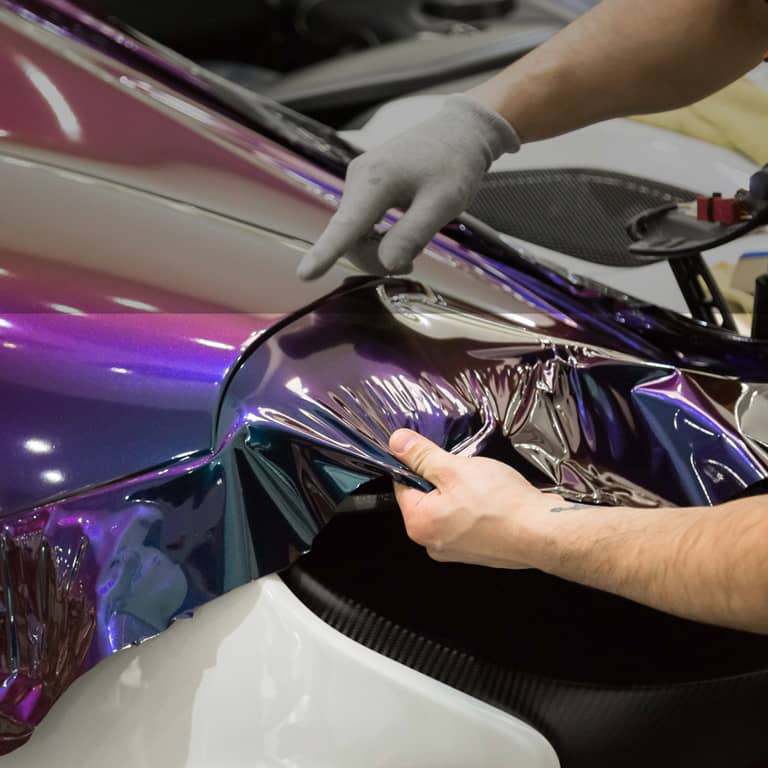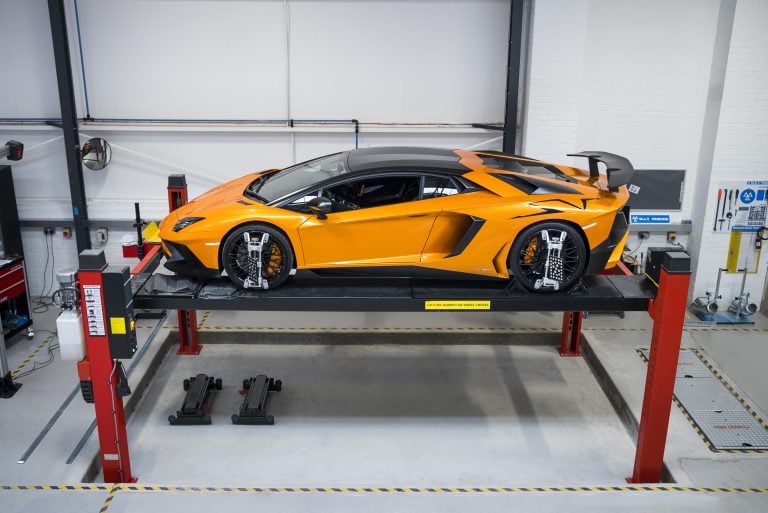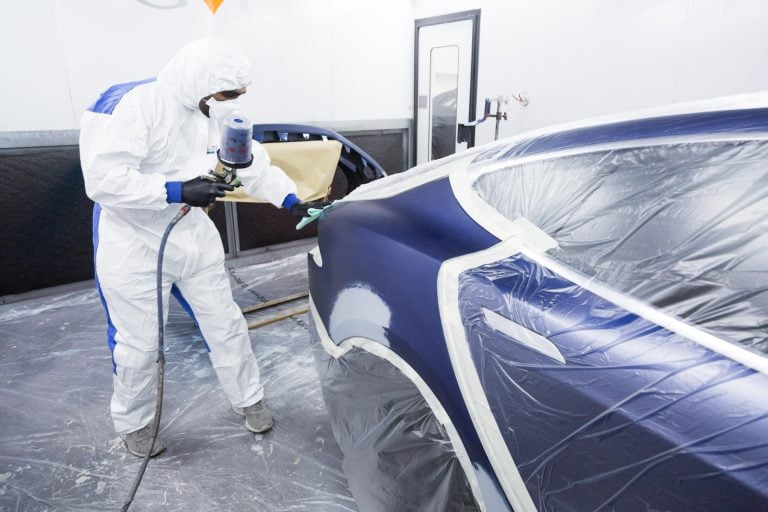- Showroom Case Studies
Key Steps and Tips to Navigating the International Vehicle Import Process | GVE London – Blog
Importing a car from the UK? Learn key steps, costs, and paperwork tips to make your luxury or supercar import process smooth and stress-free.
Importing a car isn’t something one does on a regular basis; it’s a special purchase seldom made, so one wants, both as a buyer and seller, the process to go as smoothly as possible. However, we won’t sugarcoat it; it can be a lot to take in initially. With that said, when you know the steps involved, preparing for them and setting realistic expectations becomes possible. This makes the process feel far more manageable. Let’s talk about it further below, shall we?
The Vehicle Selection Process
When you’re exporting cars from the UK, importing follows the same logic. Needless to say, it really helps to be selective. You see, not every car meets foreign standards, with some being restricted by local laws.
Luxury car export is particularly sensitive to vehicle age, emission ratings, and technical compliance. For example, supercars or collector-grade vehicles might need modifications before they can be legally driven. Always confirm what your country allows before spending a single pound.
Know Your Customs & Tariffs
This is where many people get stuck and confused. If you’re importing luxury cars from the UK, you might see the price tag of the vehicle at a supercar showroom and rejoice in the fact that you just found yourself a solid deal.
Well, don’t bring out the cake too fast. Customs and tariffs can dramatically affect the final price. Things like shipping, duty, VAT, handling charges, and possible conversion costs make the costs go up by a significant amount. Since each country has different import duties, this further makes the price vary.
This is where many people get stuck. That’s why it’s a good idea to check official government import guidelines before committing.
The bottom line? Budget for more than you think.
Read Also: How to Vet International Buyers When Exporting High-Value Vehicles
Get Your Paperwork in Order
Paperwork delays cars more than anything else.
You’ll usually need:
- The original purchase invoice
- Vehicle registration documents
- A valid emissions certificate (if required)
- Export declaration
- Insurance paperwork
- Bill of lading
- Your ID and tax documents
Some destinations also require proof of compliance with safety standards or left-hand/right-hand drive regulations. Make copies. Scan everything. If a document looks unnecessary, keep it anyway.
Shipping Options
Most luxury car exports stick to the container style of shipping. It is much safer than roll-on/roll-off and tends to offer much better protection during transit. After all, no buyer is going to stand for their thousands of pounds’ worth of supercar arriving all scratched up. Naturally, container shipping costs more than RoRo.
However, it isn’t just about getting the car to another country. What happens when it reaches the port? Will you need to arrange inland transport? Do you have a licensed clearing agent? It’s worth speaking to companies who specialise in importing cars from UK ports. They’ll usually offer end-to-end service if you need it.
Final Thoughts
Importing cars from the UK isn’t just for dealers or collectors anymore. But it’s not something to jump into blind. You must know what your country allows, budget for more than what the sticker price says, sort paperwork ahead of time, and consider, potentially, not saving pennies by skipping proper shipping or expert advice.
Some companies specialise in luxury car exports and take care of the entire process, from purchase to delivery. They’ll handle taxes, compliance checks, and inland transport after landing. Especially for supercars, these services are often worth the cost just for the peace of mind. We here at GVE London specialise in supercars and luxury cars, everything from sales to repairs and detailing to servicing.
We’ll help you with the entire ordeal, but you’re welcome to stay hands-on if you prefer that! Give us a call today!
Frequently Asked Questions
It depends on the destination, shipping method, and customs speed. On average, 4–8 weeks is typical for most countries, but delays can happen.
Yes, but rules differ. Some countries allow multiple imports under personal use; others require a commercial licence for more than one vehicle per year.
Most countries require local registration before you can legally drive the car. This usually involves inspections, proof of ownership, and local insurance.
Contact Us
"*" indicates required fields
OUR SERVICES

PAINT PROTECTION FILM

WRAPPING

SERVICING









